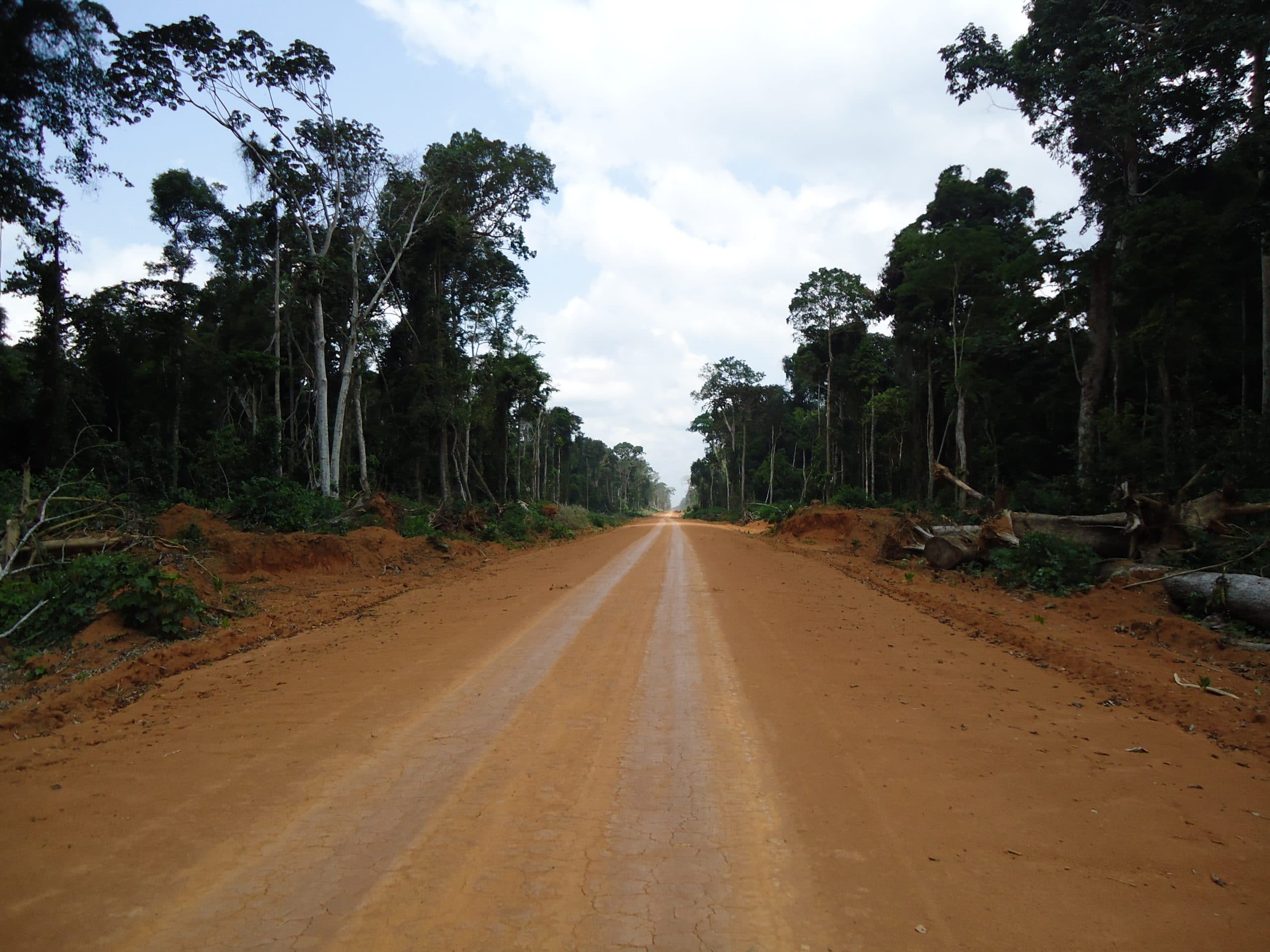This investor briefing paper by Share Action examines the impact of infrastructure projects on biodiversity, using the apes of Africa and Asia to illustrate how investors can play an important role in biodiversity protection.
Biodiversity conservation has come to increasing prominence with investors committed to the Sustainable Development Goals (SDGs) and responsible investment (RI). It is likely to come into sharper focus ahead of the UN’s 15th meeting on the Convention on Biological Diversity (Beijing: October 2020), where the parties are expected to adopt an ambitious global biodiversity framework. Global sustainability concerns, including the importance of biodiversity and species protection, are growing in the public awareness, and will also take on a higher profile with savers, civil society, and international and national policy makers.
This briefing paper is organized into 5 sections:
–Section 1 summarizes how infrastructure projects represent a significant opportunity for investors to contribute to the UN’s SDGs through conservation and economic development in emerging economies.
–Section 2 outlines the potential impact of infrastructure projects on biodiversity with specific reference to apes. It explores why a sustainable approach to infrastructure development is needed to meet growing demands while avoiding negative impacts on biodiversity, local communities, and the ecosystems that support them.
–Section 3 & 4 describes the risks that are relevant to institutional investors. Poorly managing infrastructure projects has material, reputational, and financial risks. The authors outline steps to mitigate these risks, including prioritizing conservation during the early stages of project planning and adopting international standards like the Equator Principles and the mitigation hierarchy.
–Section 5 lists a series of recommendations and questions that investors should pose to businesses involved in the financing, planning, development, construction, and operation of large infrastructure projects in regions of high biodiversity value. These recommendations are designed to ensure that the risks described in Section 3 are being mitigated and the good practice described in Section 4 is being implemented.

